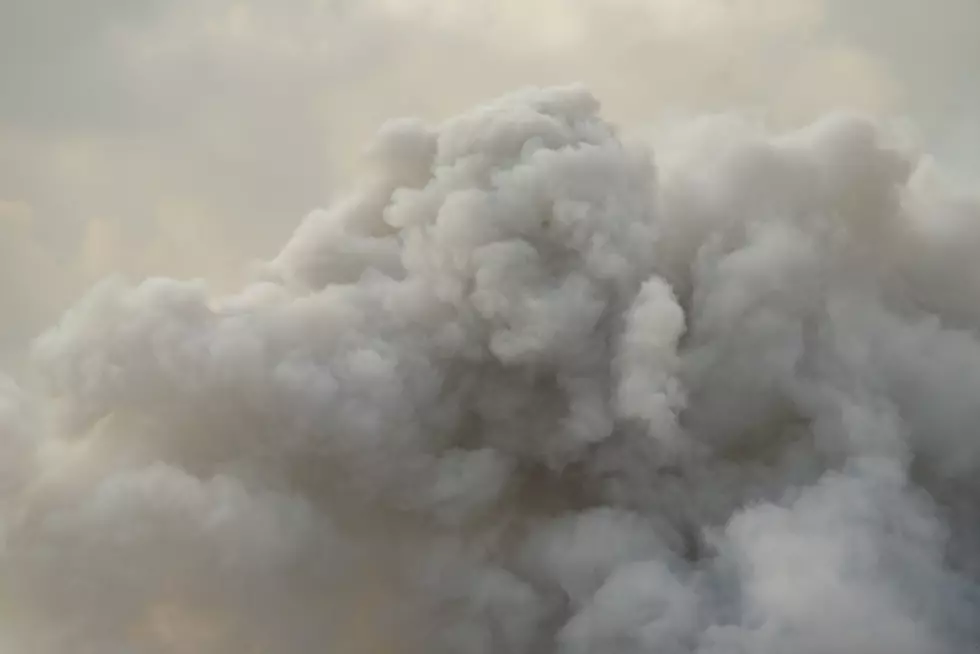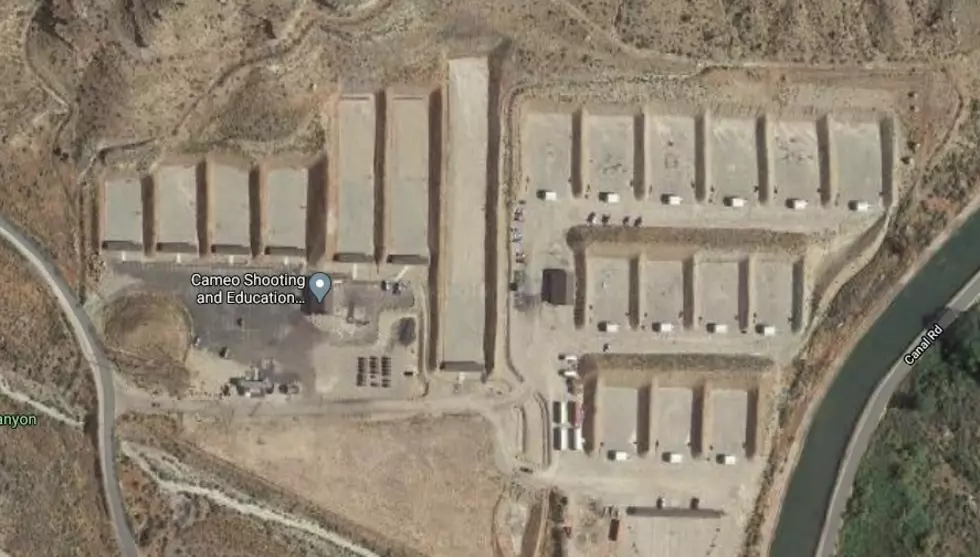
Here’s Why You’ll See More Smoke This Week Near Grand Junction
We can expect to see more smoke in the Grand Junction area this week, but there is no cause for alarm.
Given the dry conditions and wildfire history in western Colorado, it's pretty normal for residents to get a little edgy when they see smoke in the distance. Oftentimes, we don't know exactly what is happening in these situations and we fear the worst. That's why the U.S. Forest Service wants to get the word out about this week's prescribed burn south of Grand Junction.
More Than 2,000 Acres Scheduled to Burn
As part of its ongoing spring efforts to "maintain and enhance vegetation to benefit wildlife and to reduce the natural buildup of vegetation" - which can provide fuel for wildfires - Grand Mesa, Uncompahgre & Gunnison Fire, and Fuels Crews will be conducting prescribed burns in two specific areas.
- CALAMITY HILLS - About 1,727 acres will be burned in this area, 28 miles southwest of Grand Junction in Mesa County. The land is located on the northwest portion of the Uncompahgre National Forest.
- CALAMITY UNDERSTORY - Another 400 acres in this area is also scheduled to be burned.

Where Is the Smoke?
The U.S. Forest Service says smoke may impact Gateway, Whitewater, and Grand Junction area, residents. Caution is advised with smoke likely visible near US Hwy 50, CO Hwy 141, and National Forest System Roads #402 (Divide Road), #404 (Uranium Road), and #405 (Niche Road.) Of course, the burn areas will be patrolled and monitored for several days to make sure they don't flare-up.
When Are These Prescribed Burns Happening?
Weather permitting, burning will begin as early as Friday, April 15. However, considering the windy conditions in western Colorado in recent days, the burn date is fluid. The burn will happen as conditions allow.
If you see smoke southwest of Grand Junction in the coming days, you can rest easy knowing crews are on the scene conducting planned burns and helping to keep the area safe from wildfires this summer.
These Burns Will Help Prevent Weather Disaster Like These
LOOK: 30 fascinating facts about sleep in the animal kingdom
More From Kool 107.9









